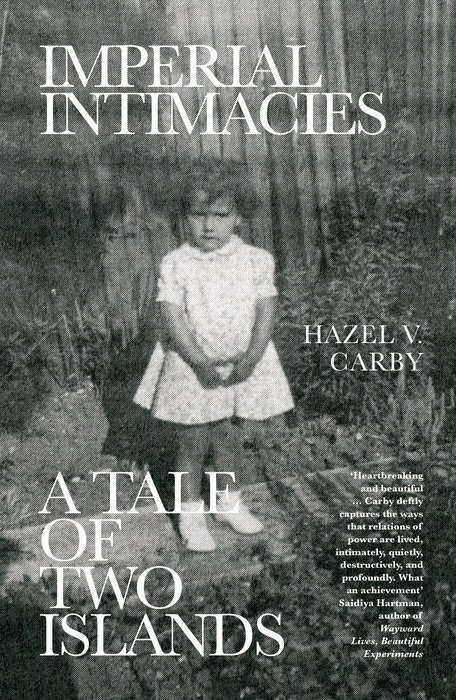Some Anthropological Characteristics of Anglo-Negro Children
The Journal of the Royal Anthropological Institute of Great Britain and Ireland
Volume 73, Numbers 1/2 (1943)
pages 57-73
K. L. Little, M.A., Ph.D.
The Duckworth Laboratory
University Museum of Archaeology and Ethnology, Cambridge
I. Introduction
Although fairly large Negro communities have been in existence in Liverpool, Cardiff, London and other ports of the kingdom since the time of the Great War, very little advantage has so far been taken of the opportunities ostensibly available there for the study of racial mixture. The work of Miss R. M. Fleming (1939), who examined a large number of Anglo-Negro and other crosses, mainly in Liverpool, is an exception, but she designed her investigations more from the standpoint of family than of group inheritance. In the present inquiry, which was carried out during a series of visits to Cardiff, Hull and Liverpool in the summer months of 1941, 1942, and 1943, an attempt has been made—so far as the nature of the material allows—to examine certain aspects of mixture on linen more familiar to the anthropologist. The data presented relate to groups rather than to individuals. Perhaps a word on the methodological implications of this point may be permitted. It is evident, in the popular discussion of the topic, that a great deal of confusion has arisen in this country, as well as elsewhere, through failure to appreciate the significance of individual, as opposed to group, situations. Yet the issue is quite plain, provided its nature is understood. Since the term “race” is essentially a concept relating to a group of people, it is incorrect to speak of certain results following from racial mixture unless such results can be shown as well marked characteristics of a “hybrid” population, regarded not as the product of individuals genetically more or less unrelated to each other, but as the product of racially unrelated groups of individuals. This significant distinction has been made somewhat pungently by Ruth Benedict (1942) in a book in which she points out that miscegenation, like race, is an abstraction: the mating of two persona is a reality. It is possible, also, that a great deal of unnecessary controversy, as well as confusion, would be obviated if it was realised more widely that biological differences between individual members of the same racial group are usually greater than the differences between typical individuals representing different racial groups. Marked “overlapping ” in anthropological characteristics is nearly always found in comparisons between different populations, even when they are racially quite distinct.
The urgency of clarification of this matter needs to be emphasised. Until the biological and sociological aspects of the problem are recognised as quite separate parts of the field, and until the problem has been shorn of biological mysticism, the study of racial mixture in this country, considered as a topic concerning human biology, will remain a difficult and unenviable task for the investigator.
II. Anthropometric Criteria Employed
The data which are analysed in the following Tables and Figures relate to some 460 male and female ” English” and Anglo-Negro children, the offspring of members of the seafaring communities of the ports mentioned. Most of these subjects were living in Cardiff and Liverpool, and they had an environment, in their dockland habitat, which is not unlike that of other children of the same social and economic class as themselves. On nearly all these subjects some two dozen measurements and a number of observations regarding the colours of hair, eye and skin, and the condition of the teeth, were taken. The object of the investigation was to compare the Anglo-Negro (“hybrid”) and ” English ” populations in terms of the central tendency, variation and growth of physical characters. The latter sample may reasonably be regarded as being made up by juvenile representatives of one of the parental stocks from which the former was derived. As wide an assortment of characters as was practicable was employed, and having regard to the racial elements concerned—-i.e. Negroid and Caucasoid — special attention was paid to features such as nasal breadth and shape, thickness of lip, colour of skin, etc., which make the clearest distinction between the parental groups. In view of the relative consistency of environmental factors, it was thought best to include for secondary consideration some of the more modifiable characters such as stature, height sitting, and weight…
